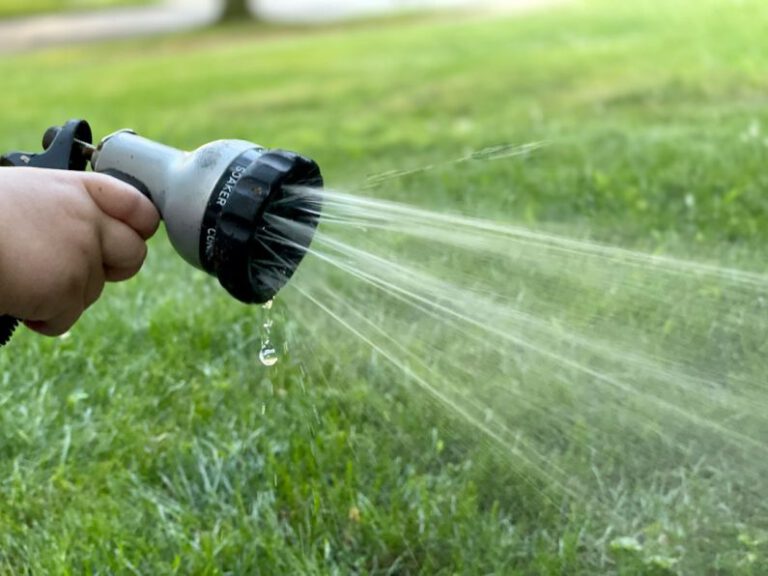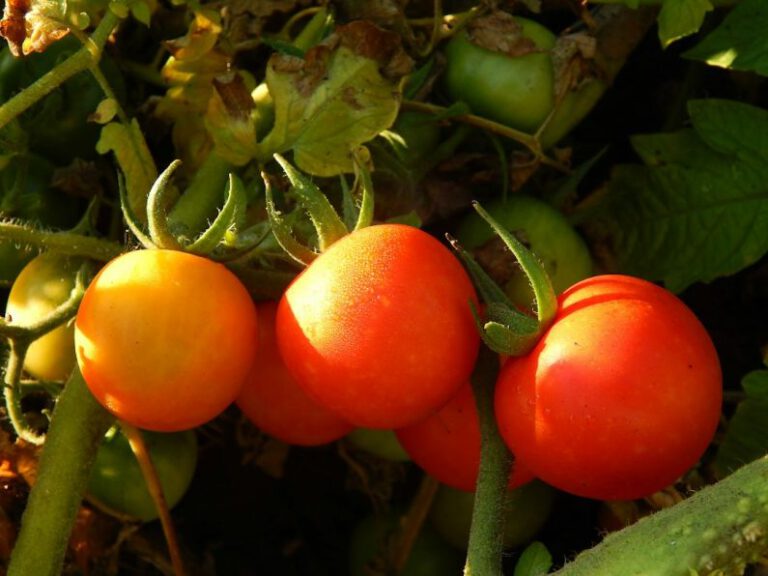Creating an Effective System for Storing Paints and Chemicals
When it comes to storing paints and chemicals, having an effective system in place is crucial. Not only does it ensure the safety of your employees and the environment, but it also helps in maintaining the quality and longevity of these products. In this article, we will explore some essential tips and guidelines for creating an effective system for storing paints and chemicals.
1. Understanding the Hazards
The first step in creating a storage system is to understand the hazards associated with the paints and chemicals you are working with. Different substances have different properties and require specific storage conditions. Some common hazards include flammability, corrosiveness, and toxicity. By understanding these hazards, you can determine the proper storage requirements and take necessary precautions to prevent accidents.
2. Segregating and Categorizing
To ensure safety and prevent chemical reactions, it is important to segregate and categorize paints and chemicals based on their properties. This helps in preventing cross-contamination and reduces the risk of accidents. Grouping similar substances together also makes it easier to locate specific products when needed.
3. Proper Labeling
Labeling is a crucial aspect of any storage system. Each container should be clearly labeled with the name of the product, its hazards, and any specific storage instructions. Labels should be easy to read and resistant to fading or peeling. This ensures that employees can quickly identify the contents of each container and handle them safely.
4. Adequate Ventilation
Many paints and chemicals release fumes or gases that can be harmful if inhaled. It is important to store these substances in a well-ventilated area to prevent the buildup of toxic fumes. If possible, install exhaust fans or ventilation systems to ensure a constant flow of fresh air. This not only protects the health of your employees but also helps in maintaining the quality of the stored products.
5. Temperature and Humidity Control
Temperature and humidity control are crucial factors in storing paints and chemicals. Extreme temperatures can cause certain substances to degrade or lose their effectiveness. It is important to store these products in a cool, dry area away from direct sunlight and heat sources. Monitoring the temperature and humidity levels regularly ensures that the storage conditions remain optimal.
6. Spill Containment
Accidents happen, and spills are a common occurrence in any workplace. To prevent spills from spreading and causing further damage, it is important to have adequate spill containment measures in place. This includes using spill containment pallets, trays, or spill kits that can quickly and effectively contain and clean up any spills. Regular training for employees on spill response and cleanup procedures is also essential.
7. Regular Inspections and Maintenance
An effective storage system requires regular inspections and maintenance to ensure its integrity. Regularly check containers for leaks, corrosion, or damage. Inspect storage areas for any signs of deterioration or potential hazards. Maintain an inventory of stored paints and chemicals to ensure proper rotation and disposal of expired or unused products.
In conclusion, creating an effective system for storing paints and chemicals is essential for maintaining safety and product quality. By understanding the hazards, segregating and categorizing substances, proper labeling, ensuring ventilation, temperature and humidity control, spill containment measures, and regular inspections and maintenance, you can create a storage system that promotes safety and efficiency in your workplace. Implementing these guidelines will not only protect your employees and the environment but also contribute to the overall success of your business.






